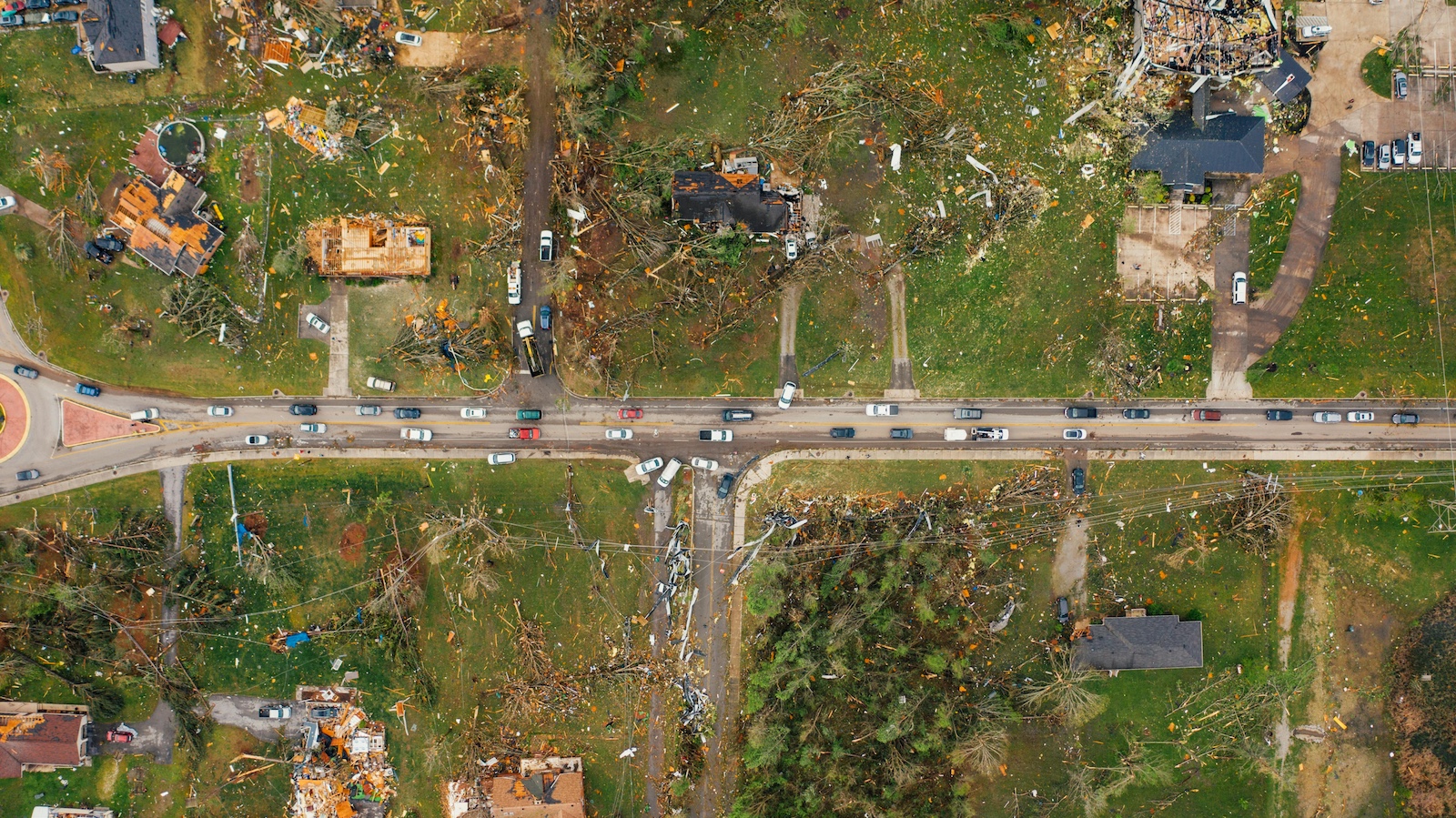As we sort through the PG&E plans for bankruptcy because of its liability for the California wildfires, we need to think about the implications. PG&E may be the first climate change bankruptcy, but it won't be the last. So, what do we do?
When in doubt, I use the "All the President's Men" mantra: Follow the money. So, who is out money because of PG&E, and who will be out money in the future if we don't change how we manage risk?
Shareholders are an obvious victim. PG&E stock has plunged 85% since before the impact of the wildfires became clear in November, so shareholders have lost more than $20 billion. Insurers have also lost big-time, because every possible form of insurance has been triggered by the wildfires. Ratepayers will bear a huge load. They already pay the second-highest rates nationally for electricity, more than twice the national average, and PG&E is seeking increases of 12% to 24% annually over the next three years. The huge rate increases will likely go on for decades: PG&E ratepayers are still paying off bonds issued in the PG&E bankruptcy in 2001, following a botched attempt at deregulation of the electricity market by the state, and securities related to the fires will require decades to be paid off—at junk-bond interest rates. The bankruptcy process will surely mean that all creditors may suffer, too, as PG&E tries to walk away from what it estimates are $30 billion of liabilities from the fires—whether it's businesses or individuals who have been wiped out. All taxpayers also carry liability, nationally, because FEMA has committed to helping disaster victims in California.
Do we just keep doing what we've been doing? Or do those of us who bear the financial burden demand change?
I suggest we demand change.
A review of our Innovator's Edge platform shows how little change PG&E has attempted. A variety of searches found a host of companies dedicated to better sensing of problems in the grid—none of them related to PG&E in any way.
We know from all sorts of relationships that the technology is out there. There are ways to sense if a power line fails, if a gas pipeline ruptures and so on. We just have to decide whether we're going to sense the problems as they happen or react long after the fact.
I know how I vote.
Have a great week.
Paul Carroll
Editor-in-Chief








